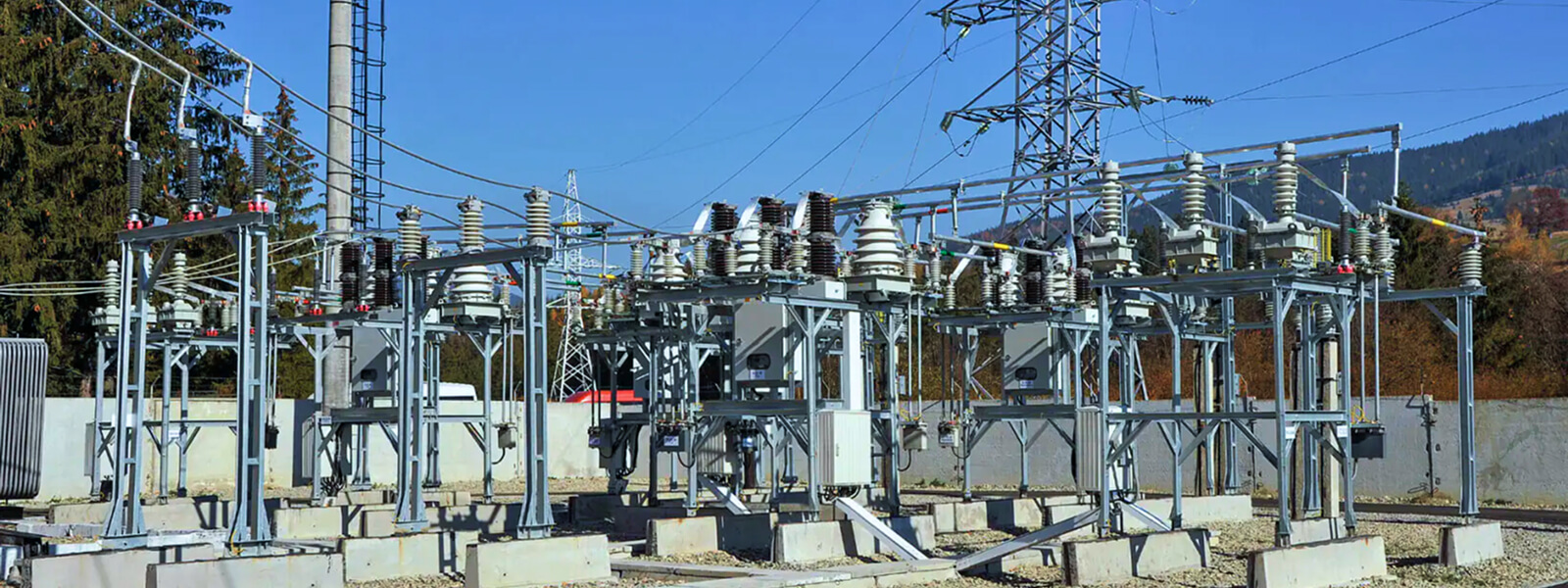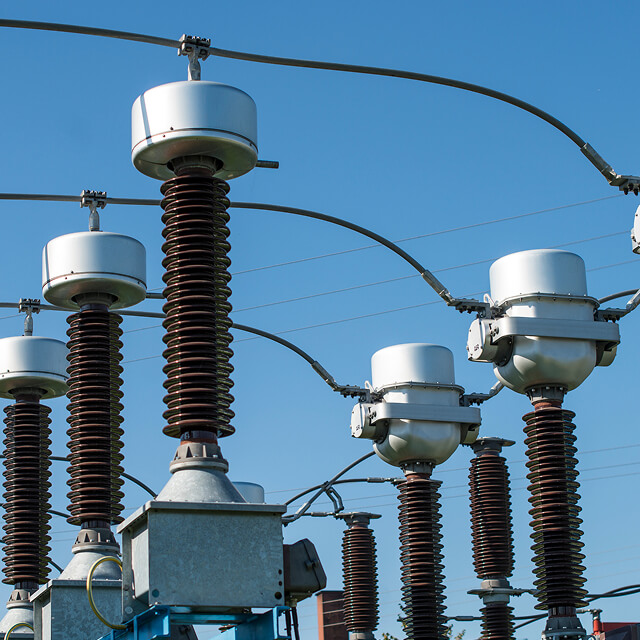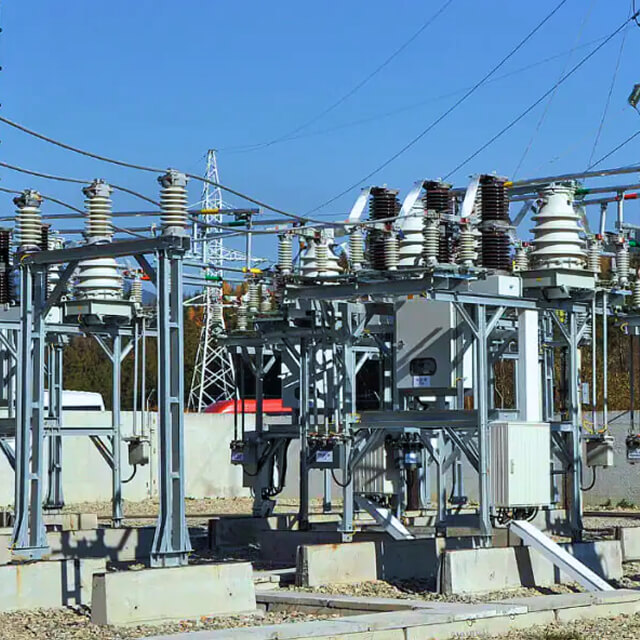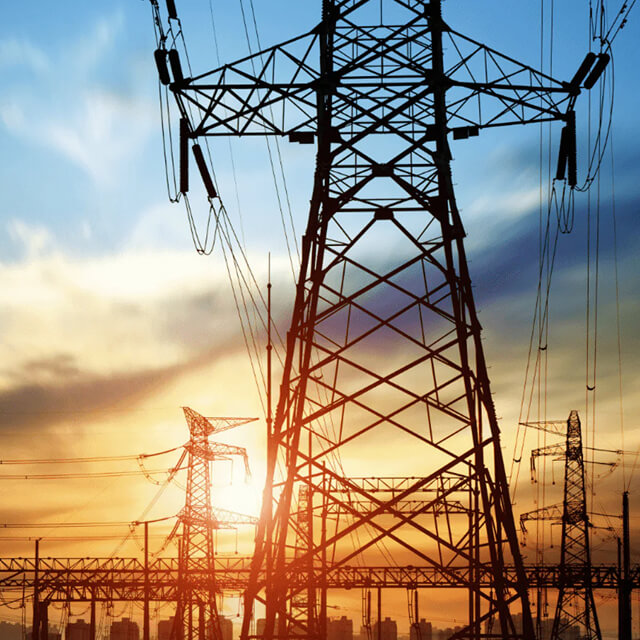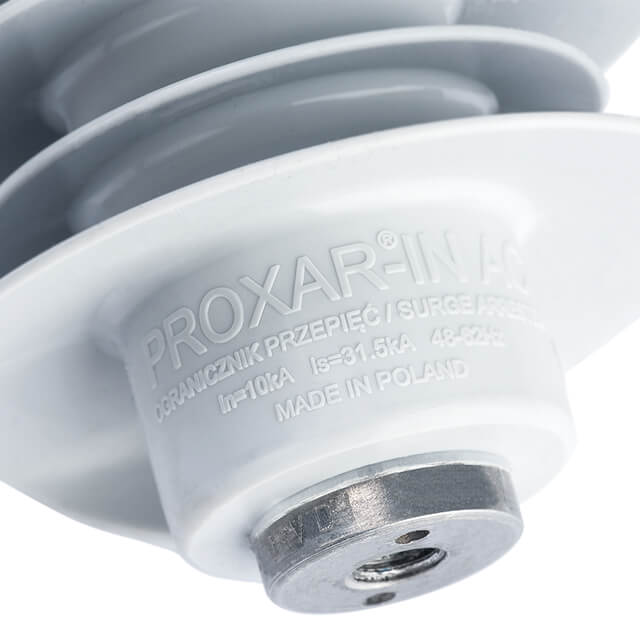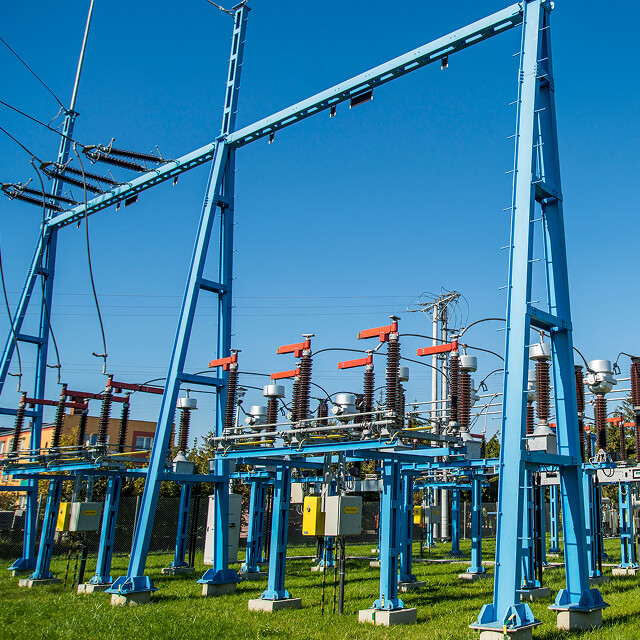The changes in the second edition of the EN 60099-4 standard became a cause of trouble not only for some manufacturers of surge arresters manufacturers, but also for customers. To this day, we still encounter questions about the details of this revision and its impact on the performance of our products. Indeed, it turned out that the changes in the standard proved the superior quality of Protektel® arresters. Learn more about this topic and discover other answers to why our company is associated with unlimited confidence.
Free consultationTable of contents:
All surge arresters must comply with worldwide standards. On the other hand, the vast majority of manufacturers are focused on maximizing the cost of building these devices, aiming to develop a design that will pass the laboratory tests required by current standards and meet the performance requirements. But what if they become more and more restrictive? At Protektel, we know the best answer to this question and present it in the following article.
What changes have been made in the revision of EN 60099-4?
For the sake of illustration, we will use the specific changes in EN 60099-4. Among other things, it deals with classifying non-directional surge arresters, based on non-linear oxide-metal varistors and supplied with AC voltage above 1 kV.
The EN 60099-4 standard was published in 2004, with the first revision a year later and the latest edition dating back to 2016. It is this latest revision that has introduced the most significant changes in the way surge arresters are classified into divisions, especially in the area of type testing of these arresters. These are presented in the following tables.
| Class | Stationary | Distribution | ||||
| Designation | SH | SM | SL | DH | DM | DL |
| Rated current discharge 8/20μs | 20kA | 10kA | 10kA | 10kA | 5kA | 2,5kA |
| Qrs [C] | ≥2,4 | ≥1,6 | ≥1,0 | ≥0.4 | ≥0,2 | ≥0,1 |
| Wth [kJ/kV] | ≥10 | ≥7 | ≥4 | - | - | - |
| Qth [C] | - | - | - | ≥1,1 | ≥0,7 | ≥0,45 |
| SH- Station High, SM-Station Medium, SL- Station Low DH - Distribution High, DM-Distribution Medium, DL-Distribution Low | ||||||
| Test name | Status of changes | Comments |
| Reduced voltage test | Change | A simpler method for determining the voltage level of steep surge protection. The value of the switching reduced voltage is measured only at one switching surge current for station arresters, it is not necessary to measure for distribution arresters |
| Attempt to verify the long-term stability under the voltage of continuous operation | Significant change | Previously, it was part of the operation test and concerned the determination of power losses in varistors. Now a factor derived from the voltage distribution on the arrester has been introduced, and the test evaluation criterion has been tightened. |
| Repeatability of charge flow Qrs | New | The test replaces the Long Duration Impulse Current Tests. There is a requirement to increase the number of samples tested. It is allowed to damage 1 sample out of 10 tested. If damage occurs to 2 of them, another 10 samples should be tested, which can no longer damage themselves. |
| Heat dissipation by the tested sample | Change | Previously, it was part of the performance test. The new approach is to define a thermal model for the arrester and the section to be tested. |
| Operation test | Significant change | The test sequence has been modified , and new criteria for load and rated thermal energy have been introduced for the thermal model of the arrester. |
| Test of the arrester line frequency voltage characteristics as a function of time | Significant change | The previous version of the standard left discretion in conducting this test. The new one, on the other hand, requires that the manufacturer publish the TOV (Temporary Overvoltage) characteristics to the rated voltage Ur, based on, at least, 4 verified points in the range: 0.1s, 1s, 10s, 100s, and 1000s. |
| Test of disconnects/limiter fault indicators | Significant change | The new test of disconnectors/limiter fault indicators consists of supplying Qrs load and Wth energy or Qth load. As in the previous version, the time-current characteristics must be determined for three current values of 20A, 200A, and 800A. Tests for bending moment, torsional moment, and longitudinal stress have also been added. In addition, temperature tests in cycles and a leakage test for the moisture-pumping phenomenon. |
Why have the rules for classifying surge arresters changed?
The changes to EN 60099-4 have been made primarily to standardize the test methodology for surge arresters, including in addition to thermal model for these devices. As correctly noted, it is the effectiveness of the heat dissipation of a surge arrester that largely determines the length of its trouble-free operation.
It is no secret that the purpose of implementing these changes was primarily to remove low-quality surge arresters from the market. And indeed, the modifications to the standard were so important, and the new requirements proved so stringent, especially for low-budget manufacturers.
Who is affected by the changes in this standard?
As you can easily see, the latest revision of EN 60099-4 primarily affects manufacturers. They are the ones who have had to ensure that their arresters meet the new requirements. It was not uncommon to find it was necessary to use better quality varistors. However, changing these components required the new device to be certified. And this was already proving particularly time-consuming and generating additional costs.
On the other hand, end users of the arresters benefited from the introduction of the new requirements. The inclusion of the thermal characteristics of these devices in their classification has meant that better quality arresters are now available on the market, which translates into longer periods of trouble-free operation.
Standard revision proves the high quality of Protekel® arresters
Now that we know the reasons and details of the EN 60099-4 revision, it's time to explain how their introduction has proven the quality of Protektel® arresters. At the stage of designing their construction, we faced more than one dilemma, but the biggest concern was the quality of the varistors used: should we choose components that met the requirements of the time, or components of higher quality? The first option would have allowed maximum cost optimization but generated risks in the face of their operation or possible changes in the applicable standards.
The unlimited confidence you have in our surge arrester is based on their quality. This comes not only from the innovative design, but above all from the components used. From the outset, we have selected only the best ones. This is confirmed by the results of the tests carried out on our surge arresters in accordance with the new and more stringent requirements of the latest edition of the EN 60099-4 standard. It turned out that all our devices passed the tests without the slightest problem, and in the key areas of their operation, they still have considerable reserves, up to 20-30%. It's really hard to get a better recommendation in our industry, isn't it?

